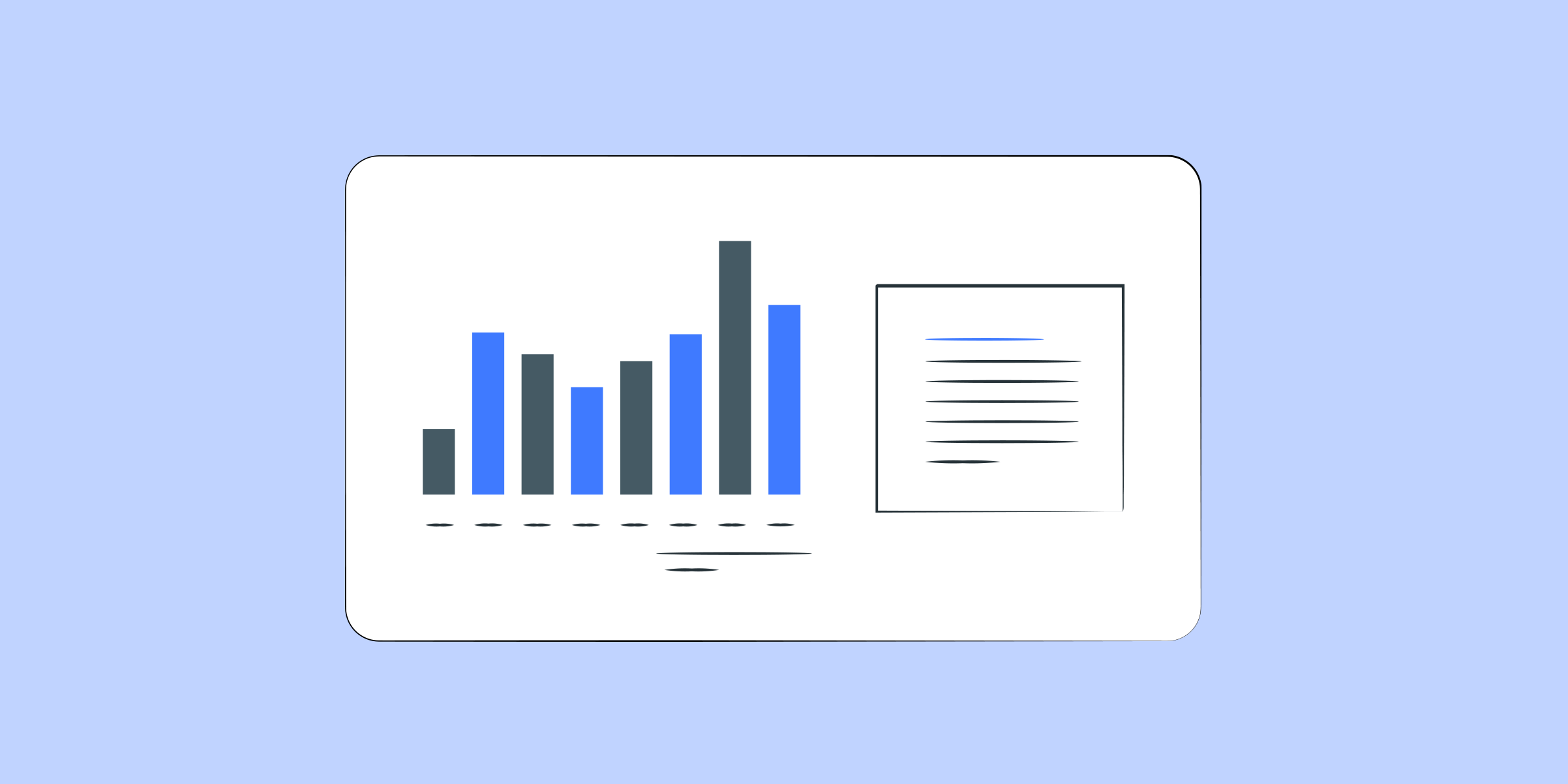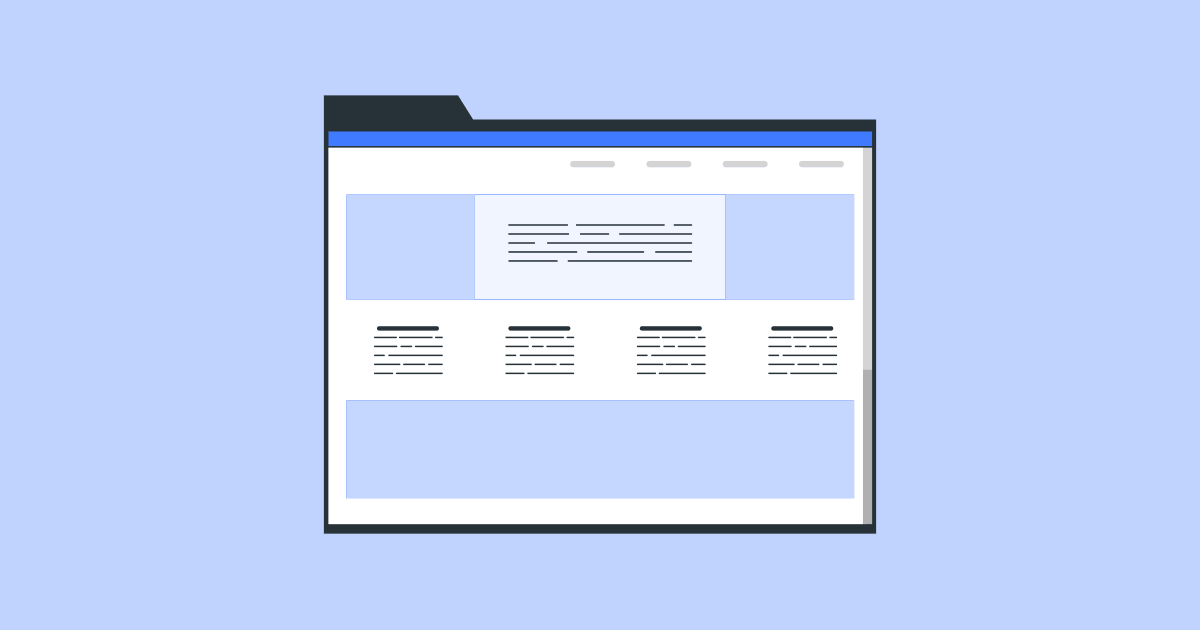Residential Proxies
Allowlisted 200M+ IPs from real ISP. Managed/obtained proxies via dashboard.

Proxies Services
Residential Proxies
Allowlisted 200M+ IPs from real ISP. Managed/obtained proxies via dashboard.
Residential (Socks5) Proxies
Over 200 million real IPs in 190+ locations,
Unlimited Residential Proxies
Unlimited use of IP and Traffic, AI Intelligent Rotating Residential Proxies
Static Residential proxies
Long-lasting dedicated proxy, non-rotating residential proxy
Dedicated Datacenter Proxies
Use stable, fast, and furious 700K+ datacenter IPs worldwide.
Mobile Proxies
Dive into a 10M+ ethically-sourced mobile lP pool with 160+ locations and 700+ ASNs.
Scrapers
Collection of public structured data from all websites
Proxies
Residential Proxies
Allowlisted 200M+ IPs from real ISP. Managed/obtained proxies via dashboard.
Starts from
$0.6/ GB
Residential (Socks5) Proxies
Over 200 million real IPs in 190+ locations,
Starts from
$0.03/ IP
Unlimited Residential Proxies
Unlimited use of IP and Traffic, AI Intelligent Rotating Residential Proxies
Starts from
$1816/ MONTH
Rotating ISP Proxies
ABCProxy's Rotating ISP Proxies guarantee long session time.
Starts from
$0.4/ GB
Static Residential proxies
Long-lasting dedicated proxy, non-rotating residential proxy
Starts from
$4.5/MONTH
Dedicated Datacenter Proxies
Use stable, fast, and furious 700K+ datacenter IPs worldwide.
Starts from
$4.5/MONTH
Mobile Proxies
Allowlisted 200M+ IPs from real ISP. Managed/obtained proxies via dashboard.
Starts from
$1.2/ GB
Scrapers
Web Unblocker
Simulate real user behavior to over-come anti-bot detection
Starts from
$1.2/GB
Serp API
Get real-time search engine data With SERP API
Starts from
$0.3/1K results
Scraping Browser
Scale scraping browsers with built-inunblocking and hosting
Starts from
$2.5/GB
Documentation
All features, parameters, and integration details, backed by code samples in every coding language.
TOOLS
Resources
Addons
ABCProxy Extension for Chrome
Free Chrome proxy manager extension that works with any proxy provider.
ABCProxy Extension for Firefox
Free Firefox proxy manager extension that works with any proxy provider.
Proxy Manager
Manage all proxies using APM interface
Proxy Checker
Free online proxy checker analyzing health, type, and country.
Proxies
AI Developmen
Acquire large-scale multimodal web data for machine learning
Sales & E-commerce
Collect pricing data on every product acrossthe web to get and maintain a competitive advantage
Threat Intelligence
Get real-time data and access multiple geo-locations around the world.
Copyright Infringement Monitoring
Find and gather all the evidence to stop copyright infringements.
Social Media for Marketing
Dominate your industry space on social media with smarter campaigns, anticipate the next big trends
Travel Fare Aggregation
Get real-time data and access multiple geo-locations around the world.
By Use Case
English
繁體中文
Русский
Indonesia
Português
Español
بالعربية

In the digital age, data is king, and accessing valuable information from the web can be a game-changer for bloggers looking to create engaging content and stay ahead of the curve. Enter web scraping in Python, a powerful technique that allows you to extract data from websites automatically. Let's explore how you can leverage the capabilities of Python for web scraping to supercharge your blogging efforts.
Web scraping is the process of extracting data from websites using automated scripts or programs. With web scraping, bloggers can collect a wide range of information, including text, images, prices, reviews, and more, from various online sources. This data can then be used to create insightful articles, conduct market research, or enhance the overall quality of your blog content.
Python has emerged as the go-to programming language for web scraping due to its simplicity, versatility, and robust set of libraries and frameworks. Popular libraries such as BeautifulSoup and Scrapy provide developers with powerful tools for parsing HTML, navigating website structures, and extracting data efficiently. Additionally, Python's readability and ease of use make it accessible to bloggers with varying levels of technical expertise.
To begin web scraping in Python, you'll need to install the necessary libraries and set up your development environment. Start by installing BeautifulSoup and requests using pip, Python's package manager. Once installed, you can use these libraries to send HTTP requests to websites, retrieve HTML content, and extract relevant data using BeautifulSoup's parsing functions.
As a blogger, web scraping opens up a world of possibilities for content creation and research. Here are a few practical applications of web scraping in the blogging context:
While web scraping can be a powerful tool for bloggers, it's essential to adhere to ethical and legal guidelines. Always respect website terms of service, avoid overloading servers with excessive requests, and be mindful of copyright restrictions when using scraped data in your content. Additionally, consider using proxies and rate-limiting techniques to minimize the risk of being blocked by websites or triggering anti-scraping mechanisms.
Web scraping in Python offers bloggers a versatile and efficient way to access valuable data from the web and enhance their content creation process. By leveraging the power of Python libraries like BeautifulSoup and Scrapy, bloggers can automate data extraction tasks, gain insights into their niche, and deliver compelling content that resonates with their audience. Whether you're a seasoned blogger or just starting out, incorporating web scraping into your blogging toolkit can open up new opportunities for creativity, research, and audience engagement.
Featured Posts
Popular Products
Residential Proxies
Allowlisted 200M+ IPs from real ISP. Managed/obtained proxies via dashboard.
Residential (Socks5) Proxies
Over 200 million real IPs in 190+ locations,
Unlimited Residential Proxies
Use stable, fast, and furious 700K+ datacenter IPs worldwide.
Rotating ISP Proxies
ABCProxy's Rotating ISP Proxies guarantee long session time.
Residential (Socks5) Proxies
Long-lasting dedicated proxy, non-rotating residential proxy
Dedicated Datacenter Proxies
Use stable, fast, and furious 700K+ datacenter IPs worldwide.
Web Unblocker
View content as a real user with the help of ABC proxy's dynamic fingerprinting technology.
Related articles

Unlocking Enhanced Security: The Benefits of Paid Proxy Server Services
Title: The Benefits of Using a Paid Proxy ServerIn today's digital age, online privacy and security have become increasingly important. One way to protect your information and identity while browsing the internet is by using a proxy server. A proxy server acts as an intermediary between your device and the internet, allowing you to browse anonymously and access restricted content.While there are free proxy servers available, they often come with limitations and may not offer the level of security and reliability that a paid proxy server does. Paid proxy servers typically offer faster connection speeds, stronger encryption protocols, and better customer support.By investing in a paid proxy server, you can enjoy the following benefits:1. Enhanced security: Paid proxy servers often come with advanced security features to protect your data from hackers and cyber threats.2. Access to geo-restricted content: With a paid proxy server, you can bypass geographical restrictions and access conten

How to Perform Web Scraping with Python: A Comprehensive Guide
Title: The Power of Web Scraping with PythonIn today's digital age, the sheer volume of data available online is staggering. Businesses and individuals alike can harness this wealth of information to gain valuable insights and make informed decisions. One powerful tool for accessing and analyzing this data is web scraping, and Python is the perfect language for the job.Web scraping is the process of extracting data from websites, allowing users to collect and analyze information for a variety of purposes. Python's simple syntax and powerful libraries, such as BeautifulSoup and Scrapy, make it an ideal choice for building web scraping tools. With just a few lines of code, you can scrape data from websites with ease, whether you're looking to gather market data, track competitor prices, or extract information for research purposes.By leveraging Python for web scraping, you can automate the process of data collection, saving time and effort compared to manual methods. This can be particul

Unlocking the Power of Proxy SwitchyOmega: The Ultimate Guide to Efficient Proxy Management in Your Browser
Proxy SwitchyOmega is a highly useful and efficient proxy management tool that makes browsing the internet a breeze. With the ever-increasing need for online privacy and security, having a reliable proxy switcher becomes essential. This powerful extension for Google Chrome allows users to easily switch between multiple proxy servers and manage their browsing preferences effortlessly.Proxy SwitchyOmega provides a seamless and user-friendly interface that enables users to configure different proxy profiles based on their specific needs. Whether you want to access blocked websites, bypass geographic restrictions, or simply enhance your online security, this tool is a must-have.One of the standout features of Proxy SwitchyOmega is its ability to automatically detect proxy settings. By employing auto-switching techniques, it can intelligently switch between different proxies based on predefined rules or URL patterns. This feature ensures a smooth and uninterrupted browsing experience withou